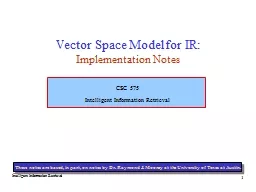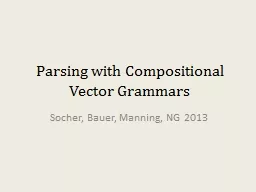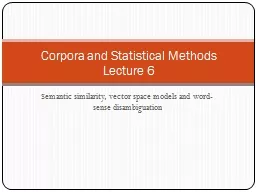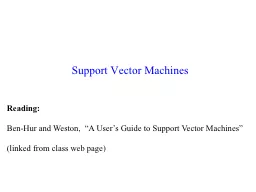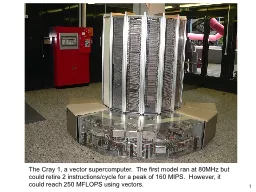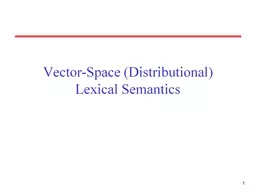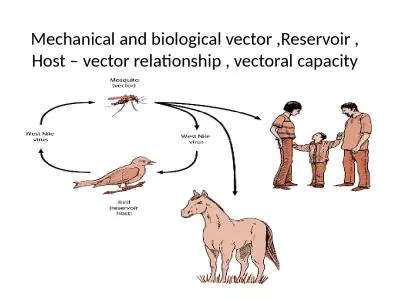PPT-1 Vector Space Model for IR:
Author : faustina-dinatale | Published Date : 2016-12-01
Implementation Notes CSC 575 Intelligent Information Retrieval These notes are based in part on notes by Dr Raymond J Mooney at the University of Texas at Austin
Presentation Embed Code
Download Presentation
Download Presentation The PPT/PDF document "1 Vector Space Model for IR:" is the property of its rightful owner. Permission is granted to download and print the materials on this website for personal, non-commercial use only, and to display it on your personal computer provided you do not modify the materials and that you retain all copyright notices contained in the materials. By downloading content from our website, you accept the terms of this agreement.
1 Vector Space Model for IR:: Transcript
Download Rules Of Document
"1 Vector Space Model for IR:"The content belongs to its owner. You may download and print it for personal use, without modification, and keep all copyright notices. By downloading, you agree to these terms.
Related Documents

